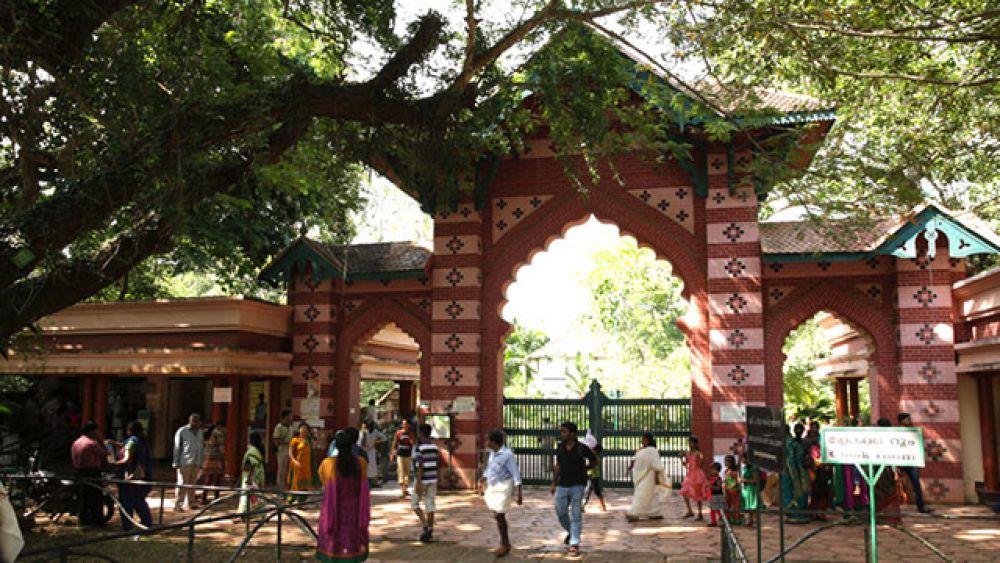

Established in the year 1857 by the Maharaja of Travancore, Swathi Thirunal Rama Varma, the Thiruvananthapuram Zoo is one of the oldest zoos in India. It was originally started as an annex to the Napier Museum, which was a recreational endeavor for the royal family and the upper echelons of society. The zoo was created with the intention of fostering an interest in wildlife and its conservation, which was quite progressive for the time.
Over the years, the zoo has evolved both in terms of size and the scope of its conservation efforts. In the early days, the zoo mainly featured animals endemic to the region, but it has since expanded to include species from across the globe. The botanical gardens of the zoo are spread over 55 acres of land and showcase an impressively diverse flora, alongside the fauna.
Tourism at the Thiruvananthapuram Zoo has witnessed significant growth over the centuries. The transformation from a royal pastime facility to a public educational and recreational institution was a gradual process, reflecting the changing attitudes towards wildlife conservation and public entertainment.
Initially attracting the elite, it was later opened to the public, gaining popularity among local and international visitors. The conservation efforts and educational programs put in place have made the zoo a key destination for those interested in biodiversity. In particular, the adoption of the open-air enclosure system has given visitors a more natural glimpse into the lives of the animals, making it a popular choice among tourists.
In recent years, the Zoo authorities have focused on improving the overall experience of visitors. There is a trend towards creating immersive and interactive educational experiences that engage tourists in wildlife conservation. Special guided tours, awareness programs, and interactive sessions are tailored for various age groups to spread the message of environmental conservation. Efforts to digitalize the visitor experience have also been made, with the introduction of mobile applications and online ticketing options that streamline the entry process.
Another trend is the inclusion of CSR initiatives by corporate entities, which has resulted in better facilities and conservation programs. The Zoo also participates in breeding programs for endangered species, contributing to global efforts in wildlife preservation and attracting conservation enthusiasts to the Zoo, further boosting tourism.
Eco-friendly practices have been adopted within the zoo to maintain a balance between tourism and conservation. The minimal use of plastics, adoption of green energy solutions, and waste management systems highlight the zoo's commitment to being a sustainable tourism destination.
Today, the Zoo is not just a place for entertainment but also an educational hub that opens up discussions on biodiversity conservation. When planning a visit to Thiruvananthapuram Zoo, visitors should note its operating hours and any special events that may be scheduled. As a top attraction in Kerala, it remains a must-visit destination for those traveling to South India, seeking to learn and enjoy the natural world.
For a comprehensive visit, tourists often combine their trip to the zoo with the Napier Museum and the established botanical gardens, which could be conveniently located within the same compound. This allows for a full day of exploration and understanding of the rich cultural and natural heritage of Kerala.
Remember to follow the rules set by the Zoo authorities to ensure both your safety and the well-being of the animals. Respect the signage, stay on designated pathways, and avoid feeding the animals to maintain the integrity of their habitat.